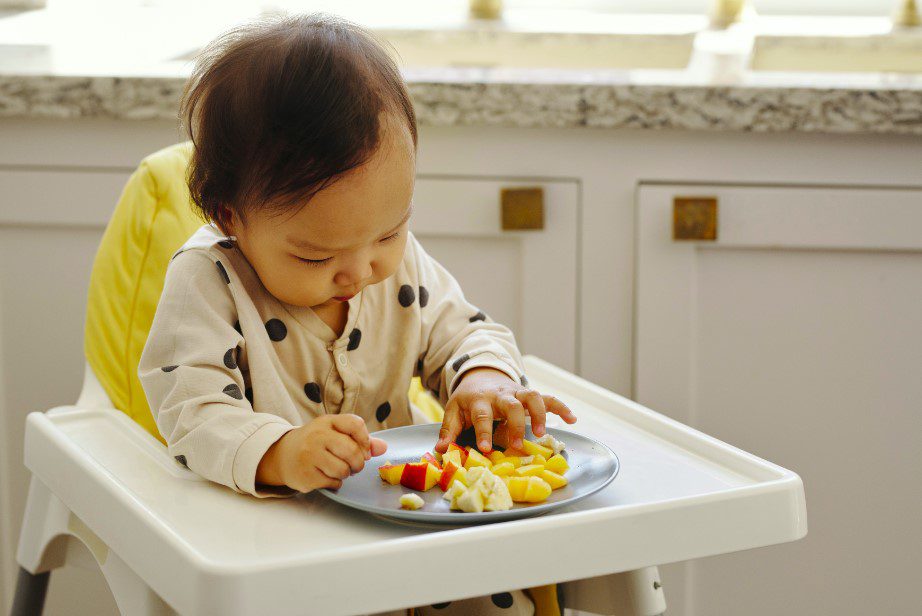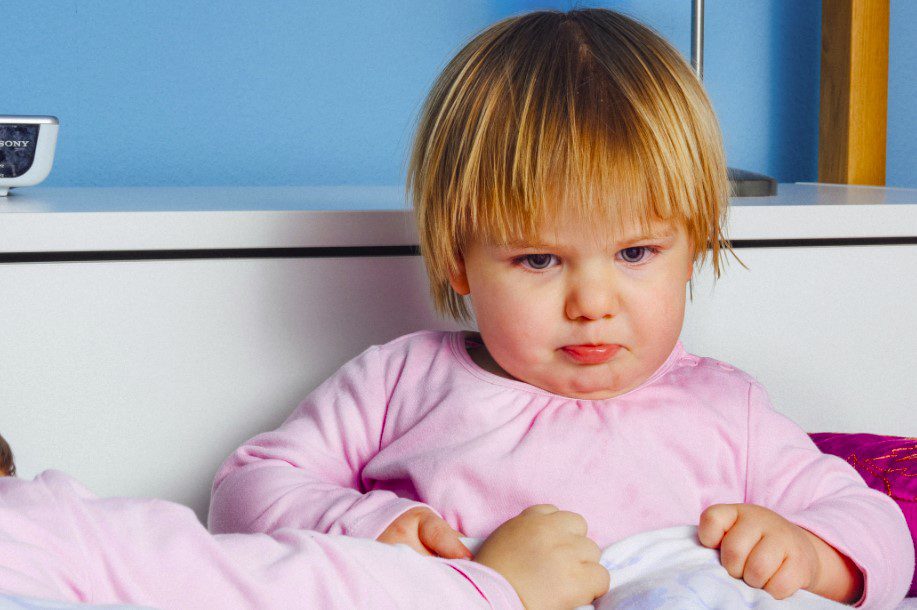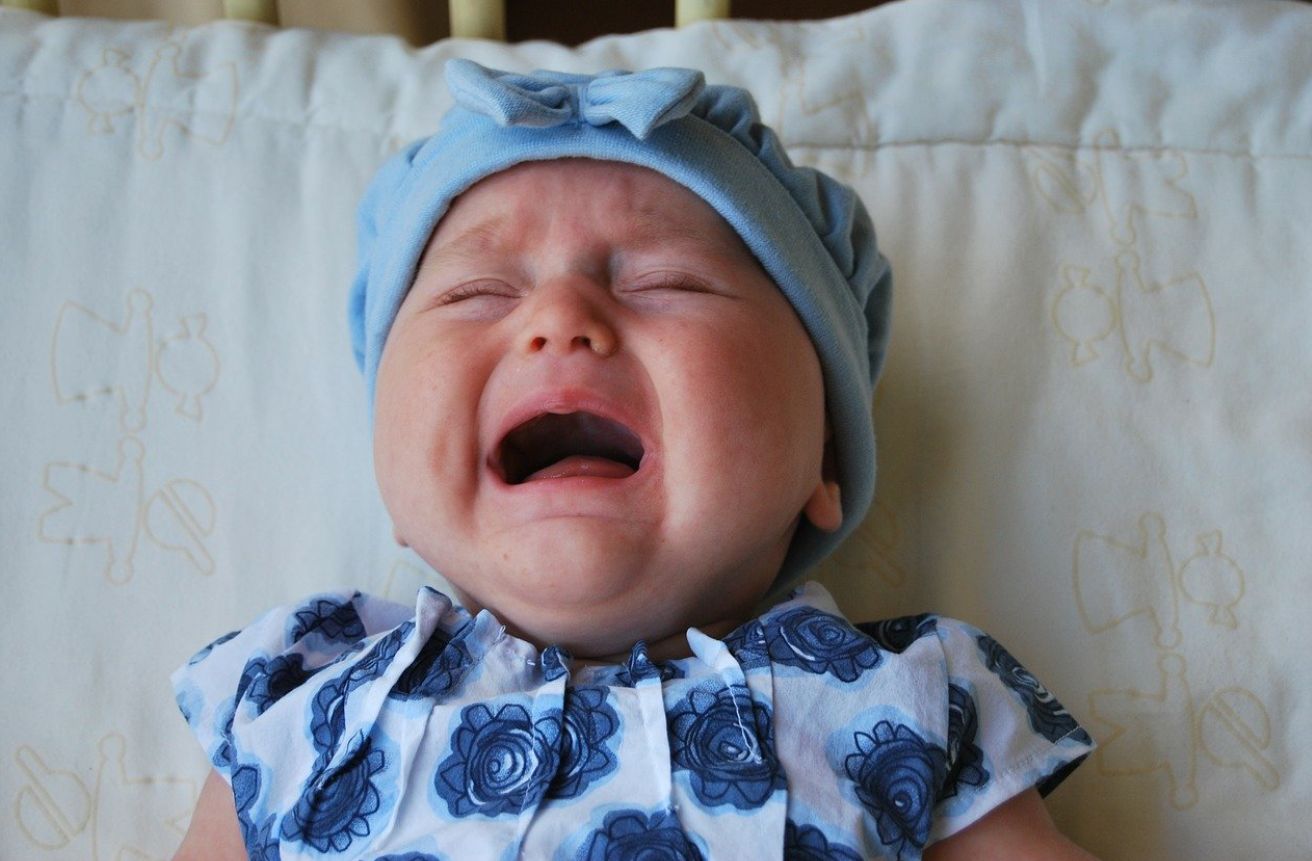It is an amazing experience when newborn babies cry for the first time at birth. The cry is a confirmation they have dispensed with amniotic fluid in the lungs and breathed in their first fresh air.
The crying is also a pointer that celebrations can now begin.
It is a different story, however, when babies refine their crying in the days and weeks that follow. Their crying goes a notch higher and is confusing to first time mothers. Every new mother is puzzled and frustrated why her one (to three) month-old baby is crying all the time!
Even worse, her baby may cry so loud in all the wrong places, say a public facility, in the company of strangers. Besides the irritation the crying creates, everyone else somehow seems to have an answer to the crying nightmare, or even emotional tantrums, except the mother!
The strangers will tell her stuff like ‘undress the baby‘, ‘sing for the baby‘, and ‘make her burp’!
Buoyed by the attention, the baby may suddenly stop crying, or worse, cry even more!
The truth is, babies don’t necessarily want to cry. They actually use a set of visual and sound signals long before they begin to cry. These include facial expressions, mumbling, and other gestures otherwise known as ‘baby language‘.
It is the inability of parents and caregivers to respond to these reflexes that leave the little fellows with limited options.
If your baby is crying a lot, this is probably why:

Of fact, newborns may scream for no apparent cause, such as when they want to sleep, wake up, or even when deep asleep!
All in all, the following are the most common reasons your little child is always crying:
1. Babies cry when hungry
I guess this is a no-brainer. Hunger is the first thing that comes to mind when your little baby begins to cry. And you are right most of the time.
But here is the good news.
Before your baby starts crying, she will try lip-smacking and/or placing fingers in the mouth, as a reflex signal, to let you know it is time to feed.
If you respond fast enough, your baby will probably not cry. But again, babies are constantly demanding milk, and it’s hard for moms to keep up to speed with this kind of feeding.
When your child runs out of gestures and patience, the verbal reflex will kick in, and crying will be the next course of action.
The crying starts slowly, but is upped when milk is not coming fast enough!
The quest for milk and the crying will happen repeatedly throughout the day, especially in the first three months.
The frequent need for milk may puzzle first-time parents, because it happens every so often. Babies usually want milk every hour in the first 1 month, but will cut this down to two or three hours, at 2 to 3 months.
This is due to the fact that their tummies are small and can only store little milk at a time. Milk is also digested fast, and this explains the frequent need for nursing.
With additional months, the tummy gets bigger and can now accommodate more milk at any one time. This increases the intake of milk and reduces the frequency of feeding and crying.
2. Colic will make your baby cry
Colic is when your baby cries intensely for long durations, and when feeding and soothing does not seem to calm her down. Your baby may arch the back during a colic fit.
Many young parents may confuse this with an underlying medical condition, but usually, there is no medical complication triggering the crying.
There is no defined medical explanation about what causes colic, but the following could be happening, according to WebMD:
- A growing digestive system with muscles that often spasm
- Gas
- Hormones that cause belly pain or crankiness
- A sensitivity to light, noise, etc., or too much stimulation
- A developing nervous system
- An early form of childhood migraine
- Fear, frustration, or excitement
All babies will cry because of colic pains. The good news is that colic and crying will go away soon enough.
Though all newborns cry and show some fussiness, when an infant who is otherwise healthy cries for more than 3 hours per day, more than 3 days per week for at least 3 weeks, it is a condition known as colic. This can be upsetting, but the good news is that it’s short-lived — most babies outgrow it at around 3 or 4 months of age.
Holding your baby upright and walking outside will make your baby and cut down on the crying.
3. Babies will cry due to multiple forms of discomfort
Just like adults, babies too need to feel comfortable and at peace with themselves. If anything happens to disrupt this calm, they will let you know through crying.
A wet bottom is one typical example that disrupts the peace of your child. Just like you wouldn’t want to walk around with a wet bottom, why would you expect them to sit still in a wet diaper?
Crying is also triggered by extremes in temperature, sound, light, and darkness. Discomfort resulting from fatigue, clothing, wet bottoms, teething, and cold feet may also trigger crying.
Though uncommon, babies will also cry simply because they want to burp! Yes. This happens after hasty feeding, which prompts them to inhale air into the stomach. Your baby will cry as she struggles to get this air out of her system through burping.
Elsewhere, your child will only want you to change their sleeping positions, or simply get them out of the house to explore the natural world outdoors. Even better, a little smile here and there and cuddling will soothe them.
Yes, cuddling. Just carry your baby and walk around, even deep in the night and you will be amazed how fast she will relax and thereafter sleep.
I bet we all want toddlers to be sleeping most of the time.
4. Babies cry due to natural reflexes
Sometimes babies may cry out of nothing at all, but out of reflex. Sudden reflexes, also known as the Moro reflex, can occur a few weeks after birth.
These reflexes happen when your baby experiences sudden movement or extreme light, and besides crying, will shoot out its hands and legs.
When something triggers the Moro reflex, a baby will extend their arms — moving them outward at the shoulder and then straightening them — and throw their head back. They will often also extend their legs as well as their arms, but leg movements differ among babies. The baby will then curl their arms and legs toward their body. A baby may or may not cry during the reflex.
The Moro reflex can happen when children are asleep or want to sleep.
Instead of calmly falling back to bed when sleep comes knocking, babies will go into a crying frenzy and throw all kinds of tantrums. They will want to be cuddled and have someone sing a lullaby for them to sleep!
It does not stop there. Babies may cry,
- when they wake up
- if they want to hear your voice and see your face
- when waking up from a bad dream
- if you raise the tone of your voice
- during moments of mood swings
- if they are over-stimulated
5. Medical complications can make your baby cry
Besides the complications associated with colic, babies will also cry due to select medical conditions.
These will manifest in simple pain, such as headache, a rash in the diaper, sore mouth and throat, and complications such as fever and acid reflux.
Gastroesophageal reflux can cause a lot of pain in babies, just like heartburn can haunt adults because of spicy meals, for example.
GER isn’t just a problem for adults — kids can have it, too, even babies. In infants, it can cause vomiting and fussiness after feeding. And in older kids and teens, GER can lead to heartburn, and stomach and chest discomfort.
Sometimes, the problem could stem from allergic reactions. A mother could easily pass on the offending food type through breast milk, which can upset the tummy.
Your baby may be allergic to foodstuffs such as cow milk, formula milk, eggs, wheat, nuts, etc. You may want to experiment with different food types and single out the offender.
A tip for parents and caregivers

On average, babies cry for two to three hours every day, and there is no need to panic when these hours stay constant.
You can reduce these crying spells by paying attention to ‘baby language’ and responding quickly to their demands. Pay attention to their gestures, facial expressions, and other sounds to interpret what they are going through.
Better still, cuddle them, walk them outside the house, talk to them, and play soothing music to calm them down.
Beware though if crying goes beyond what is considered normal. Seek professional help when you suspect colic and symptoms listed above are not the reason your baby is crying.
Contact your pediatrician immediately to have your baby examined and treated.





Leave a Reply